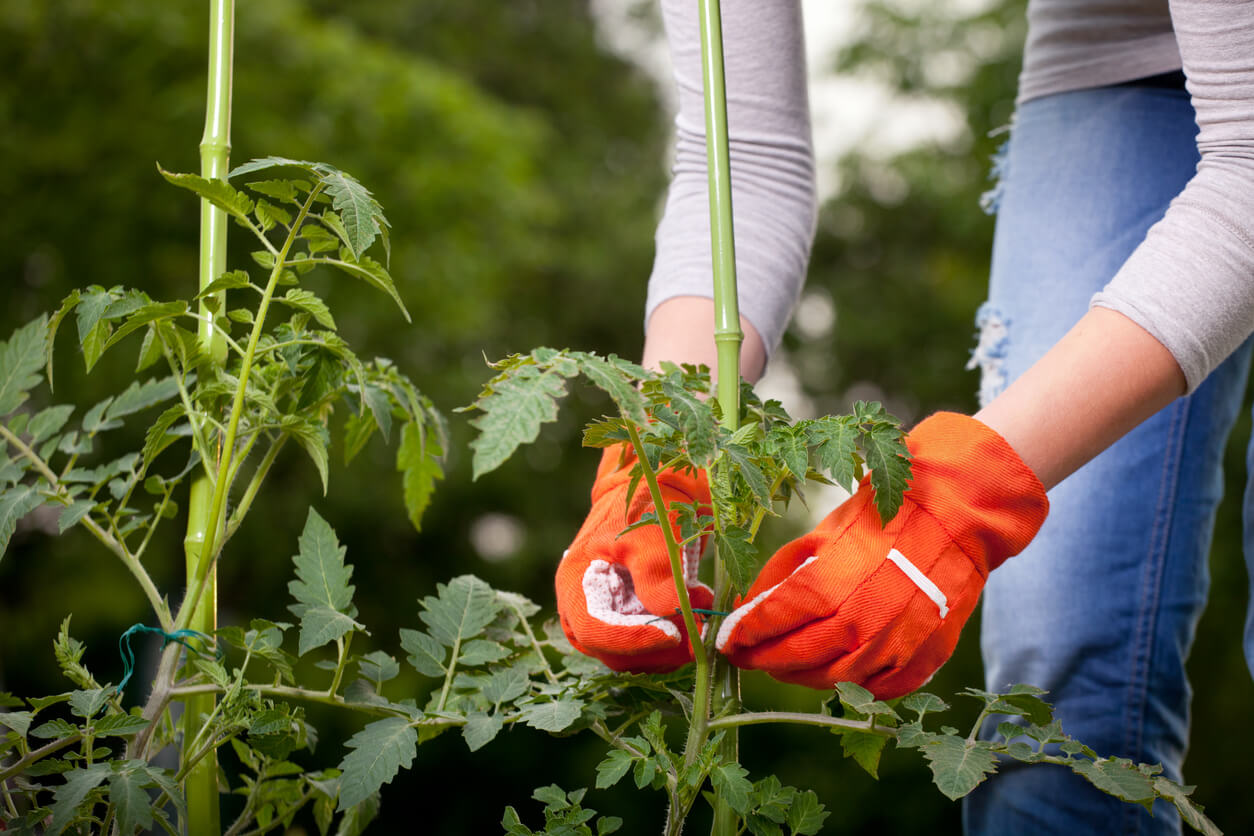Christmas tree growers go unnoticed 11 months of the year. But like other farmers, they work hard fighting diseases and insect pests year-round. Thanks to some on-farm research, they may not have to work so hard fighting one major pest.
Bob Slaughter and his father, Bill, operate The Old Barn Christmas Tree Farm, an 11-acre farm in Spalding County, Ga. Slaughter also works full-time as a research coordinator for the University of Georgia College of Agricultural and Environmental Sciences' Entomology Department.
Seeing UGA researchers tackle Georgia's pest problems every
day prompted Slaughter to fight back against the Nantucket pine
tip moths that were feasting on his trees and his profits.
Eating Away At The Tips
The moth is a major pest of Virginia pines grown for the Christmas tree market. Its larvae enter the tip of the tree branches, where they feed on the shoots and damage the tips. Infested twigs turn brown and die, resulting in poor tree shape and growth.
The adults are small, gray moths with brick-red to brownish patches on their wings. Fully grown larvae are orange-brown. The moths attack loblolly, shortleaf, Virginia and other pines except white pines.
"Tip moths are the most serious insect pests attacking Virginia pine Christmas trees in Georgia," Slaughter said. "They result in added expense, input, time and our exposure to pesticides."
In a three-year study, Slaughter coordinated tree shearing and insecticide applications to find the most effective way to control the pest.
He partnered with fellow tree grower Tom Akin of Circle A Farm in Barnesville, Ga. The study was duplicated on both the Slaughters' and Akins' farms to enhance the data collection.
Cutting Instead of Spraying
"My idea was to control the tip moths in three-year and older trees with normal shearing practices," Slaughter said. "This mechanical control would eliminate the moth-infested tips before they could damage or deform the tree. And it would eliminate or reduce the need for insecticide applications."
Slaughter and Akin performed their study on three-year-old Virginia pines. Typically, growers apply insecticides six or more times a year to fight the three generations of moths that feed on trees in Georgia's piedmont and mountain regions. Once trees are 3 years old, growers shear them twice a year in the spring and late summer.
"Our study looked at whether the shearing can be used as a control method by removing the infested tree tips," Slaughter said. "We sheared the trees twice during the season. We also treated them with five insecticide applications coinciding with the tip moth generations."
The study shows that shearing alone effectively controlled the first and second generations of the moths. "But the second shearing didn't give satisfactory control for the third generation," said Slaughter. "But spraying at the recommended times did control the third generation and any overlapping generations for the rest of the season."
Slaughter plans to share his research findings with the Georgia Christmas Tree Growers Association.
"Using this method, growers only need to apply pesticides twice a season, not the typical six or more times," he said. "This is a significant reduction."






